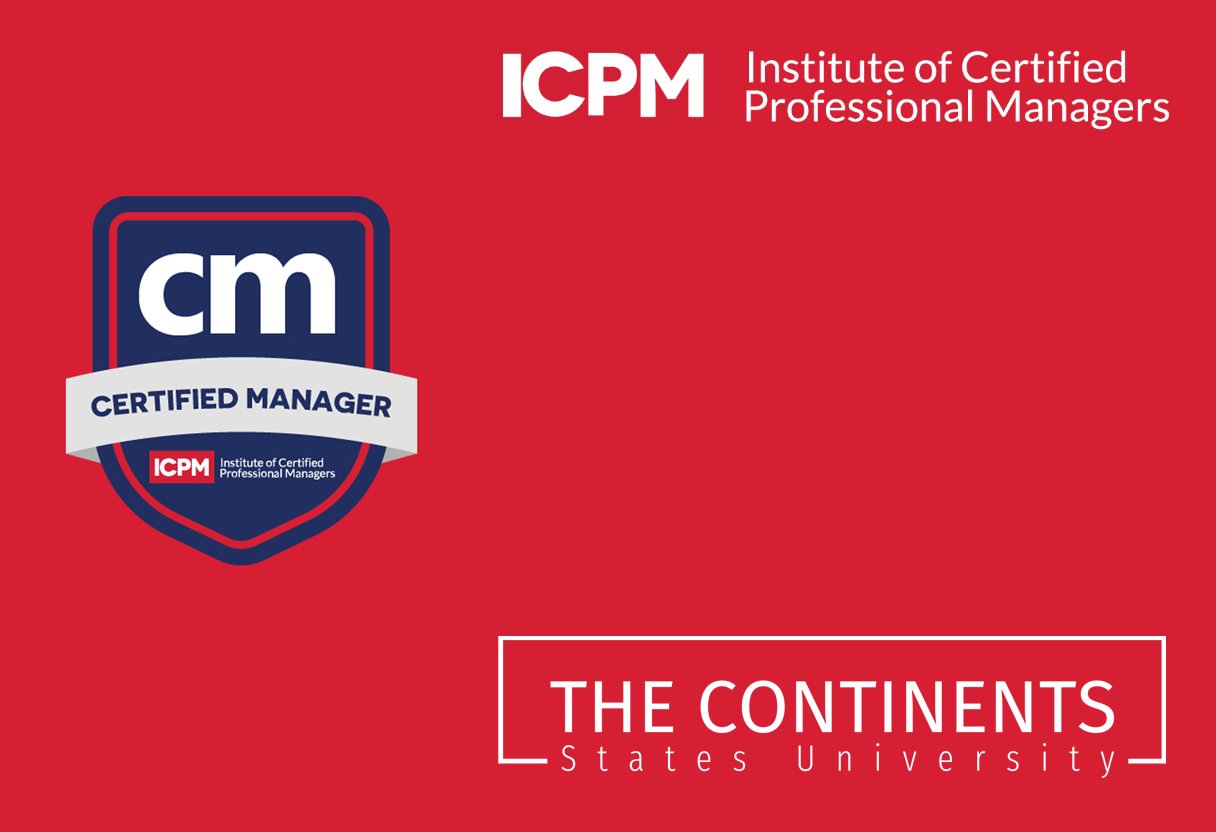Have you ever wondered if the parchment of your postgraduate degree can unlock the door to a life in the USA? Earning a Masters degree is more than an academic milestone—it could be your golden ticket to the American dream. After the pomp of graduation fades, international students often grapple with a pressing question: Can I make the United States my home after Masters? It’s a quest that combines ambition with complex immigration policies—navigating the maze of U.S. residency after Masters isn’t a promise, but a challenge strewn with legalities and opportunities. Aspiring to live in the USA post-graduation requires a mix of strategic planning and a deep comprehension of the immigration landscape, which can either propel you forward or halt your journey altogether. Let’s delve into the intricacies of cementing your American dream after higher education and turn those post-graduation blues into a blueprint for success.
Key Takeaways
- Understanding the U.S. immigration system is crucial for planning life after your Masters.
- A proactive approach can maximize your chances of obtaining U.S. residency post-graduation.
- Strategizing early about visa regulations ensures smoother transition into the workforce.
- Knowing your rights and responsibilities as an international graduate is indispensable.
- Your Masters degree can serve as a powerful tool in realizing your aspirations in the U.S.
- Exploring various immigration paths can uncover unique opportunities for residency.
Embark on this journey with informed expectations and the right guidance to turn postgraduate challenges into stepping stones leading to your vibrant future in the United States.
Maintaining Legal Status After Your Masters in the United States
Embarking on your post-graduate journey in the United States comes with the excitement of academic achievement and the prospect of future opportunities. Yet, the importance of maintaining your legal status cannot be understated. As an international student holding an F-1 or M-1 visa, staying compliant is key to transforming your hard-earned degree into a fruitful American dream after higher education. Let’s delve into the specifics of visa requirements and how SEVP-certified institutions contribute to your compliance and success.

Fulfilling the Visa Requirements
The visa that permitted your study in the U.S. comes with obligations. Whether you’re here for vocational prowess with an M-1 visa or immersed in an academic program via an F-1 visa, meeting these obligations ensures your ability to maintain legitimate residency. Each step taken must align with immigration policies to prolong your stay and protect your status in the U.S.
Navigating F-1 and M-1 Student Visa Conditions
The nuances of F-1 and M-1 visas cannot be ignored. With rigorous M-1 visa rules and F-1 visa compliance protocols, your educational path must not only meet academic guidelines but also adhere to the structured visa conditions set by the U.S. government. The key to navigating these waters without misstep is continuous engagement with your institution’s Designated School Official (DSO). From course load to academic progress, each choice you make must be vetted through a lens of legal adherence.
SEVP-Certified Schools and Their Role
Enrolling in an SEVP-certified institution is not just about the quality education; it’s about partnering with an entity that guides you through complex visa regulations. Your school plays a pivotal role in your journey, ensuring that your educational and immigration tracks are not diverging but rather are on a parallel path leading to the ultimate destination: a successful career in the United States post-graduation.
- Confirm that your school is SEVP-certified before enrolling.
- Regularly check in with your DSO for updates on policy changes.
- Stay proactive about your visa expiration and renewal deadlines.
- Adhere to the full course of study requirement to maintain F-1 status.
Staying on top of these elements is crucial. As you navigate your post-Masters landscape, remember that the key to unlocking the opportunities in the United States lies in the balance between academic achievement and immigration compliance.
Opportunities for F-1 Visa Holders Post-Graduation
As you don your cap and gown, the future gleams with promise. With a freshly minted diploma in your hand, your F-1 visa status opens a pivotal chapter brimming with post-graduation opportunities. Think beyond the classroom; it’s time your academic achievements pave the way for practical experience in the American workforce.
Imagine engaging in real-world projects that resonate with your years of hard work and study. The United States offers two exceptional paths to put your knowledge into action: Curricular Practical Training (CPT) and Optional Practical Training (OPT). By utilizing these programs, you’re not just building your resume, you’re nurturing the American dream with every learning opportunity.
- Curricular Practical Training (CPT): Dive into training directly tied to your major. It must be part of your curriculum, letting you work in your field of study while you complete your Masters.
- Optional Practical Training (OPT): Seize the chance to work in the U.S. for up to 12 months after graduation. For STEM students, this can extend to 24 months, offering you an extended runway to launch your career.
Remember, these opportunities are not automatically granted; they require diligence and prior authorization. Your Designated School Official (DSO) and the U.S. Citizenship and Immigration Services (USCIS) must greenlight your intent to engage with any form of employment post-graduation. Therefore, it’s critical to anchor yourself in compliance, ensuring every step towards employment is fully sanctioned.
Once you’ve honed your skills with CPT or OPT, the horizon widens. Your F-1 visa benefits may evolve into work visa eligibility, beckoning a transformation of your temporary status into a fixture on American soil. Grasping work authorization after your Masters offers the security to build upon your academic success; this could be the beginning of an illustrious career in the U.S.—a career that could lead to long-term residency and endless potential.
Your journey from international student to valued professional is marked by a series of strategic moves, each designed to maximize your prospects. Step into this transformative phase with confidence; let your academic prowess fuel your ambitions, and embrace the expansive opportunities that lie beyond graduation.
Understanding the Transition from Student Visa to Work Authorization
As you approach the completion of your Masters, it’s critical to consider your future work authorization in the U.S. Adapting to a new phase in your academic and professional journey involves understanding the nuances of employment options as an international student. With the right information, you can legally transition into the workforce and ensure compliance with U.S. labor laws for international students.
Curricular and Optional Practical Training Explained
Both Curricular Practical Training (CPT) and Optional Practical Training (OPT) offer valuable work experiences relative to your major. CPT is necessary for your degree and must be part of your school’s curriculum. Conversely, OPT can be completed during or subsequent to your studies, accommodating for real-world experience closely related to your field of study. These programs are not merely options but pivotal steps in securing work authorization post-Masters.

Employment Authorization Compliance
In navigating the path toward your career, adhering to employment authorization requirements is indispensable. Engaging in unauthorized work can have severe repercussions, jeopardizing your opportunity to remain in the U.S. Ensure that you apply for and receive the necessary authorization before commencing any employment. Proper compliance will serve as a bedrock for your career, laying the foundation for other potential visa adjustments and long-term goals.
- Understand your work authorization timeline and apply for CPT or OPT in advance.
- Maintain communication with your Designated School Official (DSO) to stay informed about your eligibility and documentation.
- Ensure any employment you consider is in strict alignment with CPT or OPT regulations and the broader labor laws for international students.
By strategically planning your transition from a student visa holder to an active member of the U.S. workforce through OPT and CPT, you will not only gain practical experience but also respect the legal framework designed to protect both your status and the integrity of the U.S. labor system.
Navigating the Path to U.S. Permanent Residency
As you approach the completion of your studies on an F-1 visa, the prospect of transitioning to permanent residency in the United States may be on your horizon. Gaining a green card opens up a new realm of opportunities, allowing you to live, work, and enjoy the rights protected under U.S. law. The journey to permanent residency, while complex, is attainable through various immigration paths.

It is crucial to be fully aware of the available routes that might lead you to secure your status as a permanent resident:
- Employer Sponsorship: If you have secured employment, your employer can sponsor your green card application.
- Marriage to a U.S. Citizen: A common pathway for permanent residency is through marriage to a U.S. citizen or permanent resident.
- Asylum: Individuals who fear persecution in their home country may seek asylum in the U.S.
- Diversity Visa Lottery: The U.S. Department of State makes a number of diversity visas available every year through a lottery.
- Family Sponsorship: If you have a relative who is a U.S. citizen or permanent resident, they may sponsor you.
- Military Service: Serving in the U.S. Armed Forces can lead to eligibility for permanent residency.
Each pathway has specific requirements, and it is imperative that your green card application is thorough, adhering to the stringent guidelines laid out by U.S. Citizenship and Immigration Services (USCIS). Navigating through the U.S. immigration paths should be done with patience and attention to detail. You may also consider seeking legal advice to ensure that you are taking the right steps toward your American dream.
Remember, achieving permanent residency is not simply about enjoying the privilege of living in the United States—it’s about embracing the responsibilities that come with it and contributing positively to the community.
Options Beyond the Student Visa: Changing Your Immigration Status
As a global scholar who’s conquered the challenges of a Masters program, you’ve already demonstrated remarkable adaptability. Yet, the quest doesn’t cease with academia – your next move might involve changing immigration status or a pivotal decision such as a transfer to another school or even adjusting visa status to further your aspirations.
Options for Transfer or Change in Education Level
If your academic goals or career outlooks have evolved, transferring to a different institution or changing your educational level could be the logical step forward. This process typically involves:
- Consulting with your current Designated School Official (DSO) to discuss your plan.
- Notifying your current institution and ensuring your SEVIS (Student and Exchange Visitor Information System) record is in good standing.
- Selecting a SEVP-certified school that aligns with your new academic objectives.
- Receiving a new I-20 form from the prospective school and completing any necessary visa updates.
How to Change Status to a Different Visa Category
Perhaps your journey has inspired a different direction, necessitating an adjustment in visa status. The process for changing to a different visa category should be navigated with care:
- Determine the visa category that aligns with your next chapter, whether that be for employment, family, or other reasons.
- File the necessary petitions and applications with U.S. Citizenship and Immigration Services (USCIS) before your current visa expires.
- Stay abreast of USCIS regulations and anticipate a period of review for any status adjustment applications.

Embarking on these pathways requires a clear understanding of immigration protocols and close communication with your DSO. Whether considering a transfer to another school or adjusting your visa status, it’s essential to approach this transition methodically to maintain compliance and ensure your American dream continues unhindered.
The Journey to a Green Card: What You Need to Know
Embarking on your green card journey is a pivotal step towards establishing permanent U.S. residence. It’s a path many take in pursuit of the American dream, but it demands a comprehensive understanding of various immigrant visa processes. You should consider multiple avenues to permanent residency, each with unique requirements and procedures.
- Marriage to a U.S. Citizen: One of the swiftest paths to permanent residency, yet it requires rigorous proof of a genuine marital relationship.
- Employment-Based Sponsorship: For those with extraordinary abilities, professional skills, or a job offer from a U.S. employer, this can be a viable route to a green card.
- Diversity Visa Lottery: Also known as the green card lottery; it provides a chance for individuals from countries with low rates of immigration to the U.S. to apply for a visa.
Furthermore, specialized programs cater to distinct applicant categories:
- The EB-5 Investor Program opens a gateway to permanent residency for entrepreneurs who can invest in a new commercial enterprise in the United States.
- Specialty occupation visas may lead to a green card, especially for those who demonstrate exceptional skills in their professional field.
The green card quest can be intricate, with twists and turns requiring patience and persistence. However, with the right approach and attention to detail, your aspiration for permanency in a land full of opportunities could soon materialize into reality.
The Role of The Continents States University in Your U.S. Residency Pathway
Embarking on your journey through higher education paves the way not only for academic advancement but also for pivotal strides in your personal and professional life, notably if it leads to residency in the United States. When you choose to pursue your Masters, accredited U.S. Masters programs, like those offered by The Continents States University, become a cornerstone for success.
Advantages of Pursuing Masters at an Approved U.S. Institution
By enrolling in an accredited institution, you gain a distinctive edge. Accreditation signifies that the educational quality and institutional integrity have been rigorously evaluated and meet stringent standards. This recognition is crucial, as it often stands as a pre-requisite for access to government student aid, qualification for employment post-graduation, and is a mark of distinction that employers value. The higher education benefits stemming from an accredited program can guide you to an enhanced professional standing and a clear pathway toward attaining residency in the United States.
Distinctive Academic Programs at The Continents States University
The Continents States University, resting in the heart of Missouri, breaks the mold with its innovative approach to learning. By eliminating traditional exams and live lectures, it embraces a flexible learning environment tailored to your life’s pace. This progressive structure is designed not only to accommodate diverse learning styles and schedules but also to cater to international students aiming to build a future in the U.S. Post-graduation, holding a degree from such an esteemed and accredited U.S. institution could very well be the leverage you need to secure optimal work and residency opportunities, transforming your American dream into reality.
Your Right to Work in the USA Post-Masters: Understanding Your Eligibility
Embarking on a journey of academic and professional development, you’ve achieved your Masters, and now, the United States beckons you with a wealth of employment opportunities. But before stepping into the realm of practical work experience, grasping the federal employment regulations is essential for safeguarding your employment rights post-Masters and ensuring your journey continues seamlessly. Aligning with these standards is not only a prerequisite to maintaining your work eligibility in the USA but also the cornerstone of your professional growth.
Federal Employment Regulations for International Graduates
As you transition from being an international student to entering the workforce, it is crucial to understand that your work eligibility in the USA is tightly linked to adherence to immigration policies. This knowledge acts as your compass in navigating the myriad of rules that define your legal right to engage in employment. Diving into training programs for graduates such as Curricular Practical Training (CPT) and Optional Practical Training (OPT), allows you to infuse your theoretical mastery with practical savoir-faire, all while remaining within the legal framework established by U.S. Citizenship and Immigration Services (USCIS).
Internship and Practical Training Opportunities
With your Masters degree in hand, you are poised to capitalize on internship and practical training opportunities that not only fit your niche but are also stepping stones towards an illustrious career. Institutions like The Continents States University are allies in this quest, offering resources to pinpoint programs that are in sync with your field of study. Such endeavors not only embellish your resume but are instrumental in amplifying your professional network within the land where opportunities flourish. Bind yourself to these rich experiences, for they’re not just jobs; they are the vivid colors you add to your canvas of expertise, crafting a promising future in your post-Masters chapter in the USA.
Source Links
- https://studyinthestates.dhs.gov/students/maintaining-status
- https://www.stilt.com/blog/2018/07/f1-green-card/
- https://www.forbes.com/sites/andyjsemotiuk/2021/07/30/seven-ways-to-get-your-green-card-in-the-united-states/


